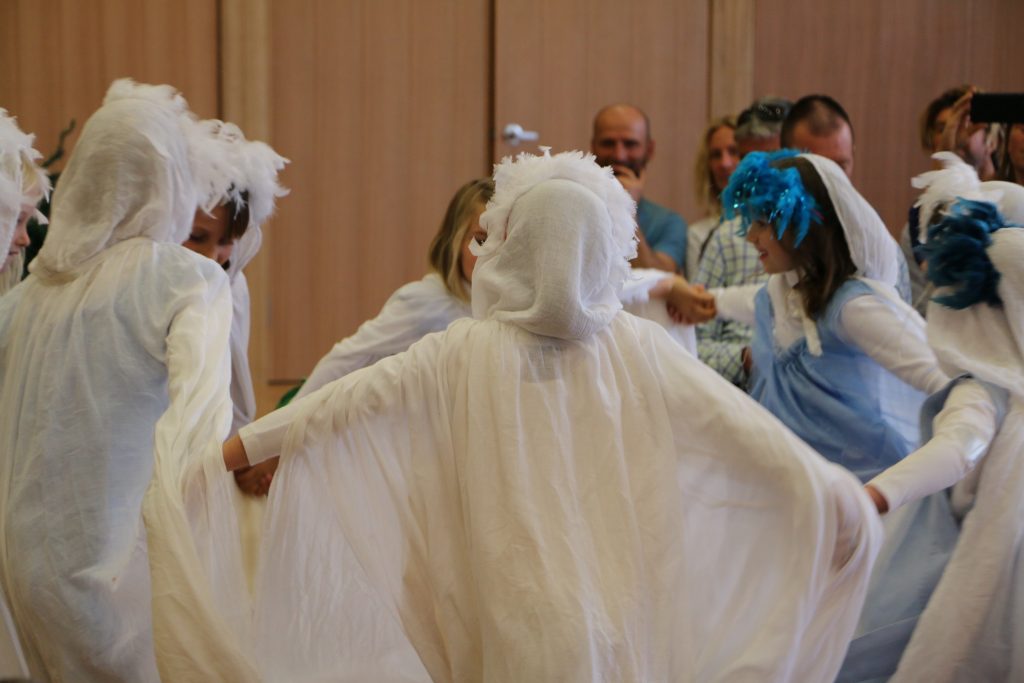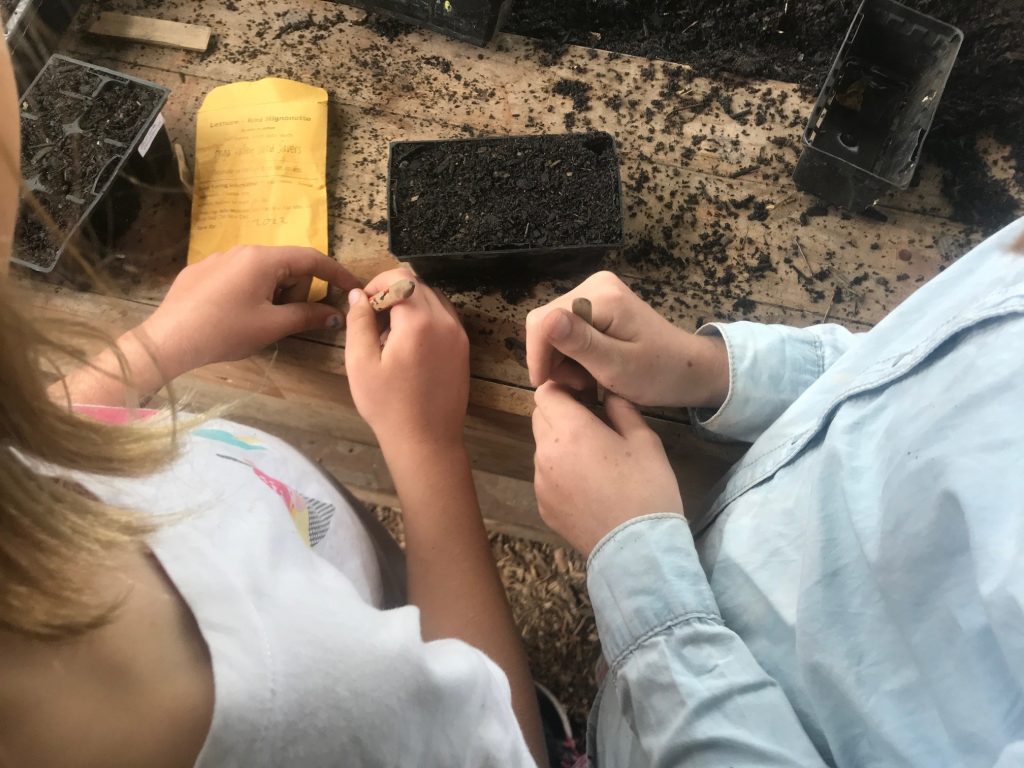Jane Andrew
Learning Support Teacher
Steiner worked his whole adult life to develop the picture of the 12 human senses. He viewed the acquisition and maturity of the twelve senses to be vitally important to a healthy relationship to the world.

Steiner believed the foundation for learning is laid by the development of the four lower senses: touch, life, movement and balance. These senses enable the child to be grounded, co-ordinated, agile and strong. Through these sense perceptions the child learns to make their body their home.
The link between learning and the neurology of the brain, movement and balance are increasingly considered important in mainstream education too. The work of Sally Goddard Blythe, a neuro-physiological psychologist, supports Steiner’s views that school readiness is built on physical foundations that should be established in the early years.

She comments that many parents are unaware of the importance of physical development including the role of movement, music and interactive play in the early years to building strong foundations for later learning. Goddard Blythe states that learning, language and behaviour are all linked in some way to the function of the motor system and control of movement. Specifically, the senses of balance and movement play an important role in visual and auditory processing – essential for classroom learning and the ability to focus and concentrate.
The early years of Steiner education prioritise the development of these four lower senses, touch, life, movement and balance, as they transform themselves into essential elements of learning for life.


